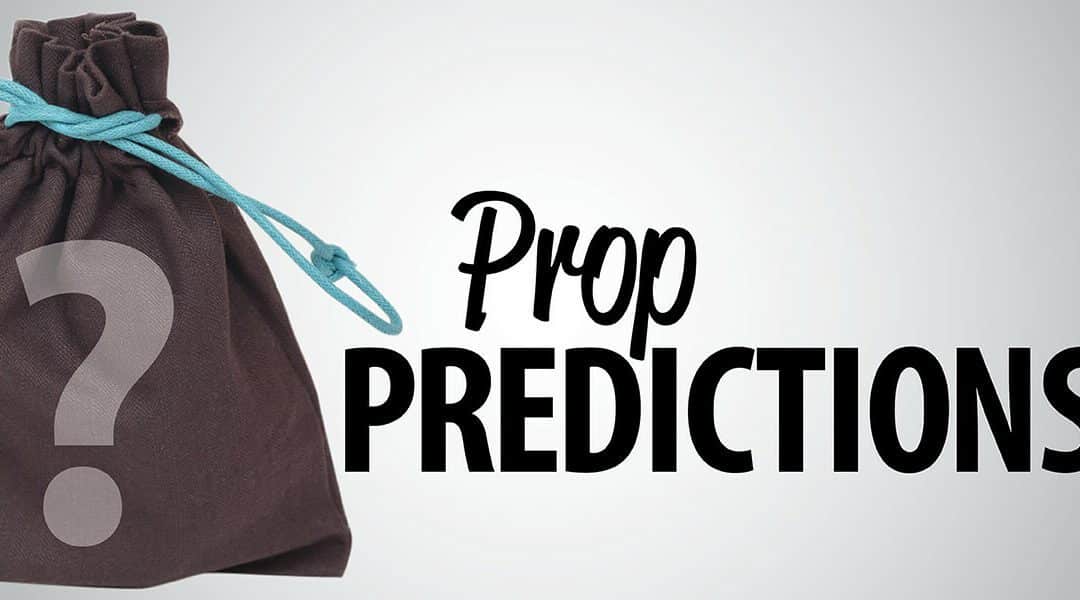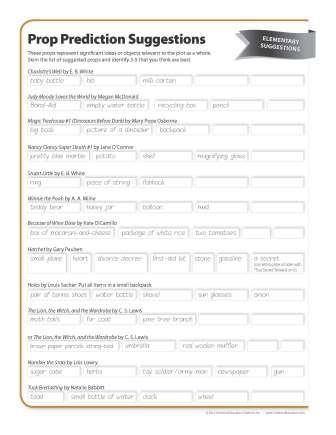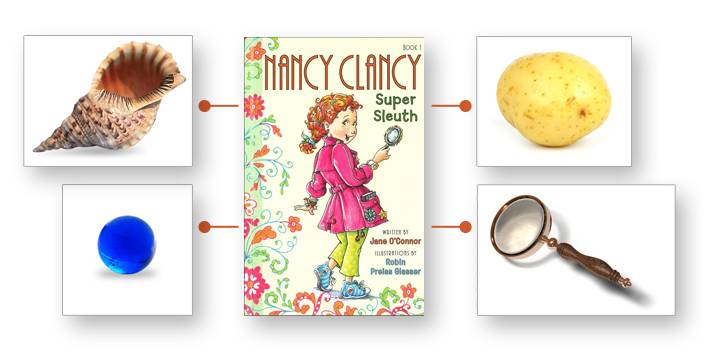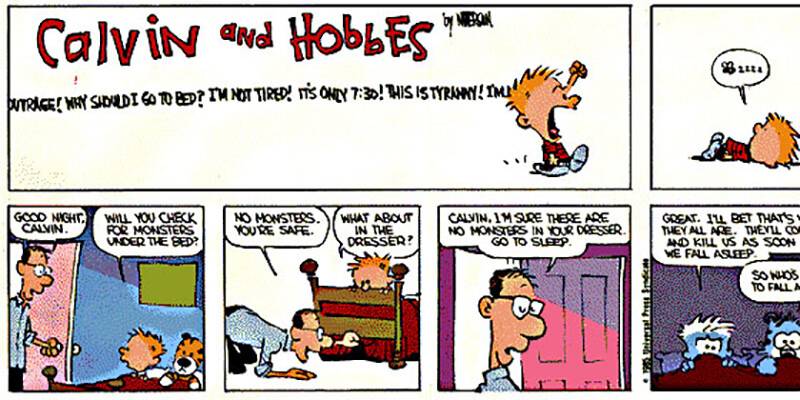Learning Center
reading
Motivate readers to dive into the text
april 22, 2008
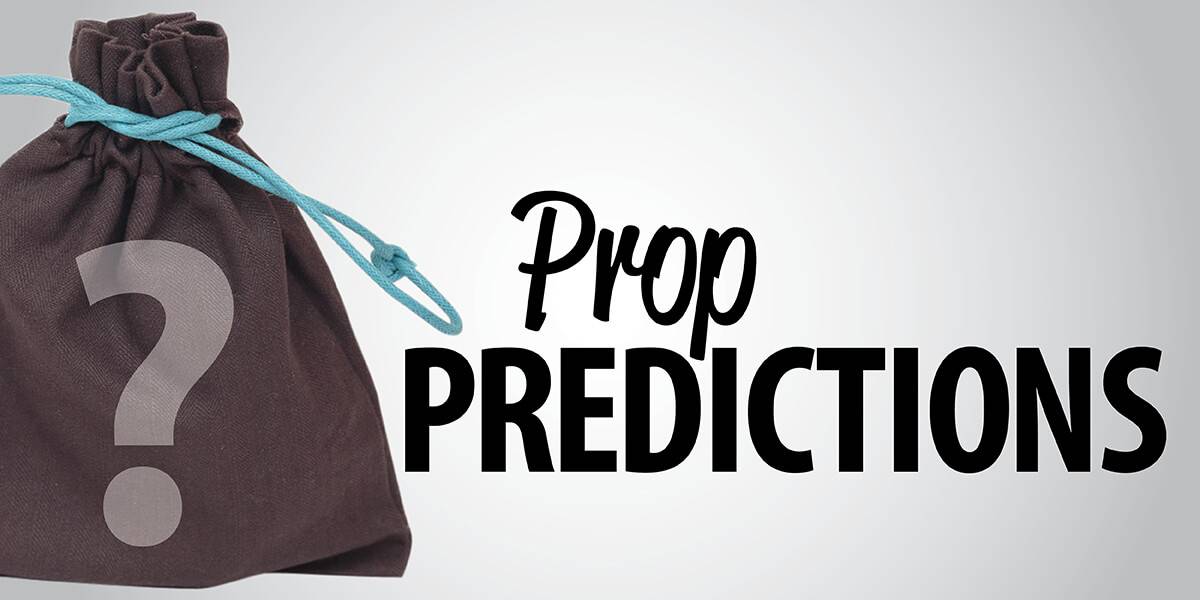
Teachers frequently ask for ways to motivate kids to want to read. After all, it’s pretty hard to work on students’ reading comprehension if they didn’t do the reading. With that said, here are two of our favorite pre-reading strategies to motivate kids to dive into the passage.
Strategy #1: Prop prediction
Reveal four or five objects (or pictures of objects) that relate to the plot or information in the day’s reading. With these props spread out in front of them, the students write (or voice) individual predictions as to how they believe these items might appear or interact within the story or text.
After the predictions are written and some are shared, then read the passage to determine whose predictions were most accurate. (See the example pictured here for Nancy Clancy, Super Sleuth. Items included: shell, blue marble, potato, and a magnifying glass.) Access a listing of elementary, middle school, and high school prop suggestions for a few popular titles.
Prop prediction extension activity
Students tend to get so “into this strategy that they like to take turns reading ahead, coming up with their own props, and bringing them in for the next day’s prop prediction. Just think, a week earlier you couldn’t get them to do the reading and now they want to read ahead! AMAZING!
Strategy #2: Story impressions activity
List six words pulled directly from the assigned passage. Jot them on the board in the order they will appear in the text. Before reading, have students use all six words to write a couple of sentences. They are predicting how they think the words will be referenced in the story. For example, if the day’s reading was Edgar Allen Poe’s “Tell-Tale Heart,” the words listed on the board might be: buried, floor, police, heartbeat, guilt, crazy, confession.
This process engages students before they read and then sets a purpose for them while reading to see how close their sentences are to the actual text. NOTE: Although this is a narrative example, this strategy works just as well with informational text, too.
Teacher comment:
I just wanted to say a big THANK YOU for this idea to introduce students to a piece of literature using props and objects that have something to do with the story. I just did an activity with my sophomores as an introduction to The Crucible using a worry doll, a rock, and the 10 Commandments, and they loved it! I actually feel like they are thinking as we start reading!
Melissa Warner, English/Journalism, Center Grove High School (Greenwood, IN)

